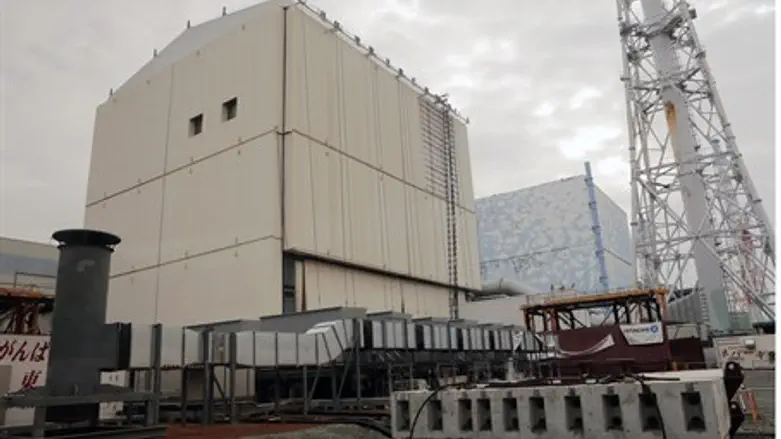
Japan is shutting down its nuclear reactors for the second year in a row for reasons connected to “safety standards.” It’s the second such shutdown since the Fukushima meltdown on March 11, 2011.
The country has only two operating nuclear reactors at present.
“It is unlikely that any of the suspended reactors will restart prior to September due to ongoing investigations of seismic issues at certain plants, and due to the fact that safety standards have still not been finalized by the Nuclear Safety Commission,” Tom O’Sullivan, a Tokyo-based energy consultant, explained to reporters on Thursday. “Local approvals are also required for restarts, adding a further layer of complication,” he said.
Two years ago, there were 54 powering a third of Japan’s electrical grid. But a 9.0-magnitude earthquake and 23-foot tsunami badly damaged the Fukushima nuclear power plant in the northern Japanese prefecture of the same name. At least 1,700 people were killed in the tragedy, and thousands more were injured and were left homeless in the hundreds of severe aftershocks that followed.
The rush of sea water slamming into the facility sent three reactor cores at the complex, located along the island nation’s Pacific coast, into partial meltdown within hours after the tsunami damaged the plant’s cooling system. The disaster, rated by Japan’s Nuclear Safety Commission at Level 7 on the seven-point international scale, is considered the world’s worst nuclear crisis since Chernobyl, the 1986 nuclear disaster that occurred in the former Soviet Union.
Within the year, nearly every nuclear power plant had shut down for maintenance checks and safety upgrades, and none were allowed to restart following their normally-scheduled maintenance checks due to concerns over nuclear safety.
Japan’s anti-nuclear movement is powerful enough to help topple the nation’s government: last December, the Democratic Party of Japan which had previously controlled the government lost the elections due partly to months of fierce protests by the group.
Polls have shown the majority of Japanese citizens want to end their reliance on nuclear energy by the year 2030 – if not sooner. The current Liberal Democratic Party that now controls the government risks its future by testing the mettle of the anti-nuclear movement.
In November 2011, xenon, a substance produced as a byproduct of fission was found in the No. 2 reactor at the tsunami-struck Fukushima plant.
In March 2012, Japan’s Tokyo Electric Power Company took its No. 6 reactor at the Kashiwazaki-Karwa nuclear plant offline for maintenance as well, leaving only one left operating in the country. Two months later, the Hokkaido island reactor also shut down, leaving the country dependent on fossil fuels for the summer.